As long as humanity is still anxious and worried about the issues of war and peace; as long as people are still wavering between life and death; as long as people still need to share joy or sadness, happiness or pain; as long as people see the finiteness of human life, that everything like money and fame cannot be brought along, only human love is a treasure passed down from generation to generation, then Trinh's music will resonate forever.

Hue brass band performs works by the late musician Trinh Cong Son - Photo: LINH CHI
On April 30, 1975, musician Trinh Cong Son was present at Saigon Radio to say a greeting on the day of independence and national reunification and sang the song "Joining Hands" with everyone: "Today is the day we all have dreamed of...Unification and independence are things we have dreamed of for decades...I would like to sing a song. There is no guitar on the radio right now, so I would like to sing the song "Joining Hands" again."
Today, the big circle has truly been connected”. (1) Mr. Nguyen Huu Thai, former President of the Saigon Student Association, a friend of Trinh Cong Son, introduced Trinh Cong Son to speak and sing at Saigon Radio at that time. Later, when writing a memoir, he commented: “As an artist, Trinh Cong Son only needed the event of composing “Noi vong tay lon” and singing “Noi vong tay lon” to have his name on the bronze stele”. (2)
In fact, “bronze plaques and stone stele” are what people think for Trinh Cong Son, not what Trinh Cong Son thinks and should think. Even the title people give Trinh Cong Son is “famous songwriter”,
Trinh Cong Son also never thought: “I never had the ambition to become a famous songwriter, but life gave me that gift, so I couldn’t help but accept it. And once I accepted it, I had to be responsible for everyone” (3).
With the responsibility of an artist in the face of the "destiny of the country" and the "people's miserable fate" because of war, Trinh Cong Son devoted to life a seemingly endless stream of peaceful music, a stream that soothes people's hearts in the red fire of war, a stream that merges with the great river to irrigate the "Peaceful Fields" of tomorrow.
To one day join the great river, that source had to overcome many steep and dangerous rapids: Trinh Cong Son had to overcome many harsh thorns in life and in art. Sometimes Trinh Cong Son had to take diamox to reduce the water in his cells to lose weight, to avoid having to hold a gun and shoot at his "brothers": "My life is foolish, I am withering myself" (The Faded Autumn Leaf), sometimes: "The road runs in circles of desolation" (A Realm of Going and Returning), "Dilemma, going and returning is difficult, in the past, I was difficult, not knowing where to go" (Dilemma).
“Noi vong tay lon” sung by Trinh Cong Son on Saigon Radio on the day of national peace and reunification on April 30, 1975 is a masterpiece that was born in 1968, which is very early. The strange thing is that many famous songs about peace by Trinh Cong Son were composed in 1967, 1968 such as: “Cho nhem que huong sang choc”, “Canh dong hoa binh”, “Dong nhi hoa binh”, “Ta thay gi dem nay”, “Dung lai nguoi dung lai nha”...
Since 1968, with the song “Noi vong tay lon”, Trinh Cong Son felt: “From North to South, we join hands”, with the song “Ta thay gi dem nay”, Trinh Cong Son expressed: “The mountains and forests spread the news to all regions, the wind of peace blows in all directions, the happy days flow quickly”. Clearly, these are songs full of premonition about peace.

Why does Trinh's music have this profound premonition? Because Trinh's music is deeply rooted in the national heritage. Because the lyrics originate from "Mother's folk song", from "Mother's lullaby": "Ru con khon lon (í... a... ), con Rong Rong Tien". Because the lyrics originate from the pride in the spirit of the Dragon Fairy, in the tradition of Vietnam, a "mythical homeland". That spirit, that tradition is protected, passed down from generation to generation, through the great heart of the mother: "Mother teaches me the language of the homeland" (Mother's folk song).
Because the lyrics clearly understand the undying strength of national unity that no force, bomb, weapon, or greed can destroy. That strength is the genetic strength in the skin color, in the blood. That strength is transmitted on the yellow skin color shining in the sun: "Today the strange sun shines warmly on the yellow skin, on the fragrant skin" (Nursery song for peace). That strength boils in the blood: "The blood connects the hearts of the same kind" (Joining the big circle of hands), "The blood of brothers has stained the sun" (What do we see tonight). That strength connects in the hands: "Our hands hold, connecting a circle of Vietnam" (Joining the big circle of hands). How many meanings are contained in this word "hold": "hold" to erase division, "hold" to not separate, "hold" to connect the hearts of the people to unify.
The above sources of inspiration are the basis of the firm belief in a peaceful future in Trinh's music. In the song "Day of Return" by Pham Duy, there is the image of a mother whose eyes are blinded because of anxiously waiting for her wounded son to return: "Mother groped, went to the pond, held the shirt of the old man, thought it was in a dream, regretfully my eyes were blinded because of waiting too long".
The mother in Trinh's music waits with eyes that are not dimmed but lit by the belief in peace: "Waiting to see the bright homeland, mother's eyes today are not dimmed" (song "Waiting to see the bright homeland", composed in 1967). Not only presaging peace, Trinh's music also presages issues "after peace", expressing a profound, long-term view, beyond reality.
“After peace” is the work of healing the wounds of war, the wounds on the ground, the wounds in the flesh and the wounds in people's hearts: “Fragrant fingers connect disabilities, connect love, connect broken hearts, hands connect brothers” (What do we see tonight).
“After Peace” is about rebuilding Vietnam, rebuilding a new life, rebuilding people, rebuilding houses: “Building a new house on this ruin, building a new life with smiles... People move forward with eager hands, building generations upon generations of great houses in Vietnam” (Rebuilding People, Rebuilding Houses), “Rebuilding Human Love in a New Day” (Linking Hands). Rebuilding people, rebuilding houses are two great things that must be done at the same time, but it is not by chance that Trinh Cong Son put “rebuilding people” before “rebuilding houses” (as the name of the song “Rebuilding People, Rebuilding Houses” shows).
Because people are the decisive factor, because new people will build new houses, new lives and new countries. Because building a house on ruins is difficult, but building people through pain and division is even more difficult. Over time, the wounds on the ground have gradually healed thanks to reconstruction, the wounds in the flesh have become scars thanks to painful bandages, but what about the wounds of war in people's hearts that are calling for reconciliation? "After peace" is the story of "building human love", using love to harmonize and reconcile the nation: "Let's go together, to rebuild love, our mother's heart was once as vast as the Pacific Ocean, the children are rivers, today's joy erases all hatred" (Rebuilding People, Rebuilding Houses).
National reconciliation and harmony are things that our people have done effectively during the war. Trinh's music raised its voice in a passionate song, urging this. And on April 30, 1975, there was no talk of "Saigon defending to the death" but only a call for national reconciliation and harmony broadcast on Saigon Radio. Through this station, people heard President Duong Van Minh say his surrender and then heard Trinh Cong Son's voice and many others singing and tapping the rhythm of "Joining Hands in a Big Circle": "The vast earth, our brothers and sisters, reunited, joyful as a sandstorm whirling in the vast sky."
“After” April 30, 1975, there was no story of “Saigon bloodbath”. So the work of resolving the sorrow and destruction caused by war in people’s hearts needs to be continued, not neglected, not broken. That resolution does not require any supernatural magic but is very simple and familiar as Trinh sang: “Ban tay ta cam”, “noi luon lam tay”.
“After peace” is freedom, that is in the logical, consistent thought of Trinh’s music: “Waiting to hear the song of freedom rising from the earth” (Waiting to see the shining homeland). But peace is only a necessary condition, the sufficient condition is that to have freedom, we must be proactive, united, and united to build the foundation: “We set out together, to rebuild freedom” (Rebuilding people, rebuilding houses). And to have lasting peace and freedom, we must have the heart and aspiration to build a strong and rich country, to escape the weak status: “Building new people like trees in the season, people reaching far away” (Rebuilding people, rebuilding houses), “Twenty years of waiting has been a long time, now vitality is flowing into the veins, nourishing the hearts of mothers and fathers, nourishing each other’s hearts, nourishing the country to be truly rich” (Nursery song for peace). “After peace”, in addition to the premonition of rebuilding freedom, rebuilding love, building new people, building “large houses in Vietnam”, the special thing is that Trinh Cong Son had a strangely early premonition of what is now called “international integration”: “On this field of peace, the sun rises happily, the day Vietnam has passed through a long pain, millions of hearts beat joyfully with the hearts of humanity” (Field of Peace). Integrating with a “happy rhythm” means integrating with a proactive, steadfast, optimistic mindset. And integrating deeply means “staying in step” with humanity, when overcoming barriers, overcoming the roadmap.
...................................................
(1) Nguyen Huu Thai, Little-known stories about the liberation of Saigon on April 30, 1975, Lao Dong Publishing House, Hanoi, 2013, pp. 128, 129.
(2) Nguyen Huu Thai, op. cit., p. 130.
(3) A realm of Trinh Cong Son, Thuan Hoa Publishing House, East-West Language and Culture Center, 2002, pp. 518, 519.
Nguyen Hoan
Source


![[Photo] Looking back at the impressive moments of the Vietnamese rescue team in Myanmar](https://vstatic.vietnam.vn/vietnam/resource/IMAGE/2025/4/11/5623ca902a934e19b604c718265249d0)


![[Photo] "Beauties" participate in the parade rehearsal at Bien Hoa airport](https://vstatic.vietnam.vn/vietnam/resource/IMAGE/2025/4/11/155502af3384431e918de0e2e585d13a)


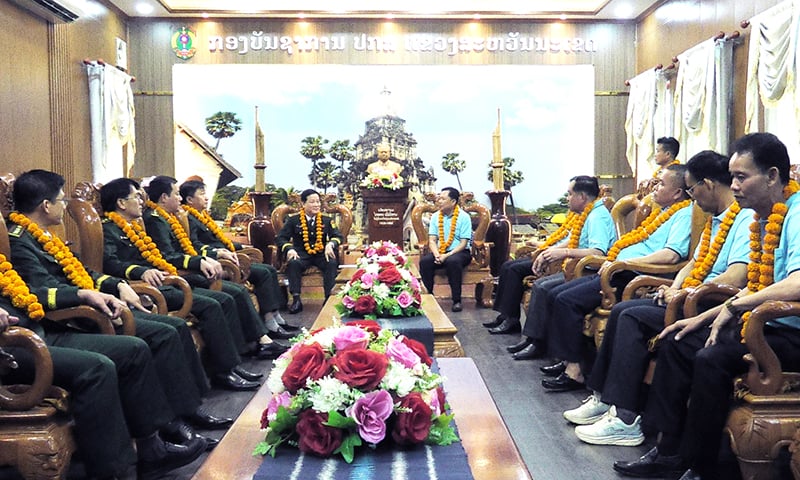
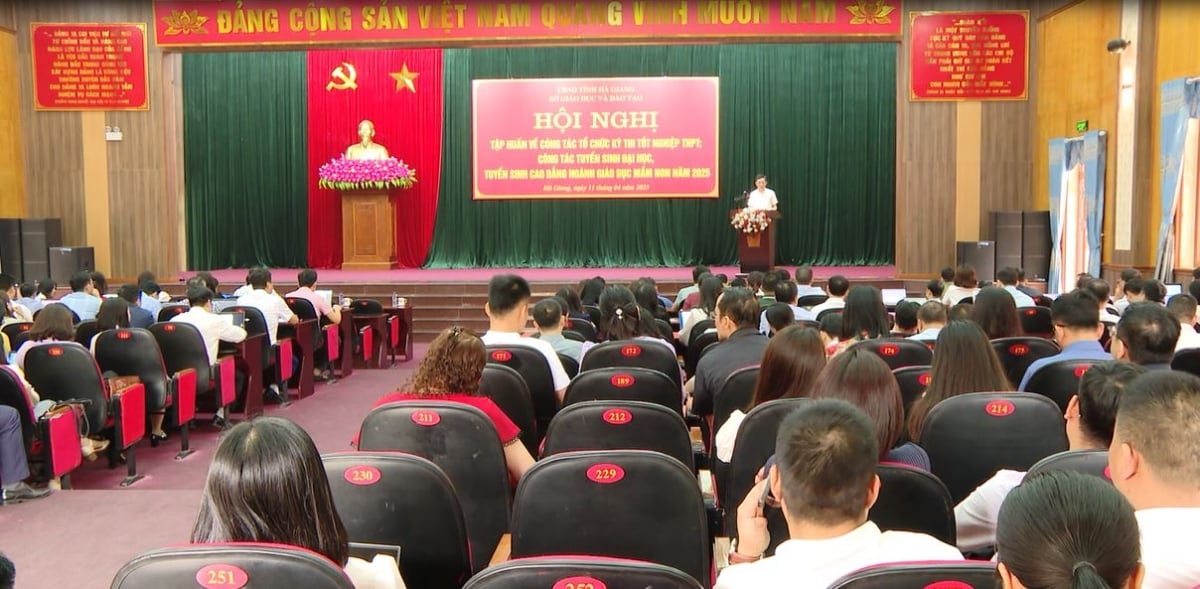
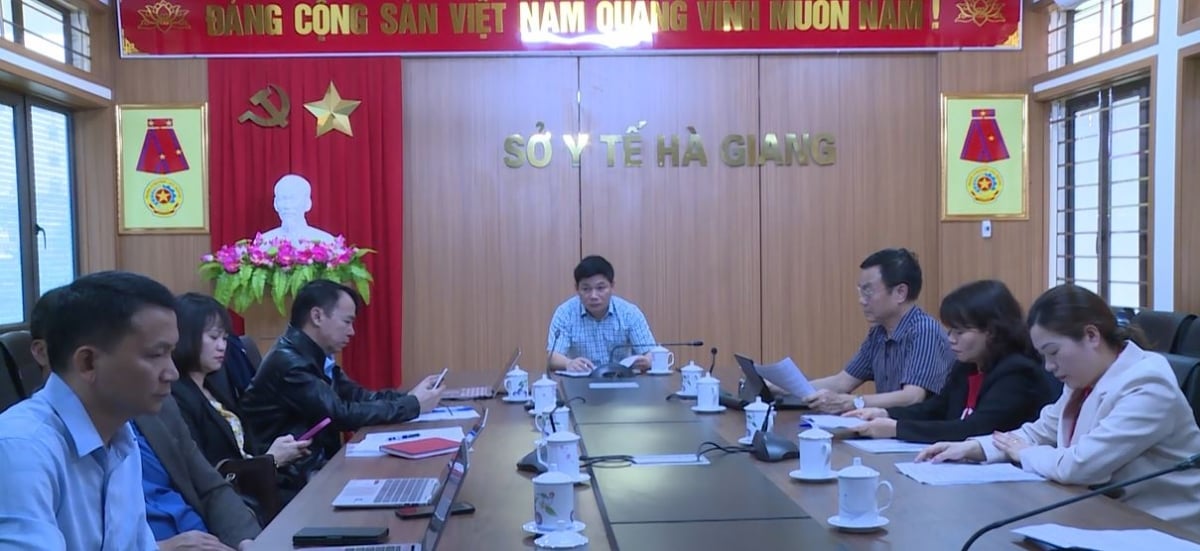


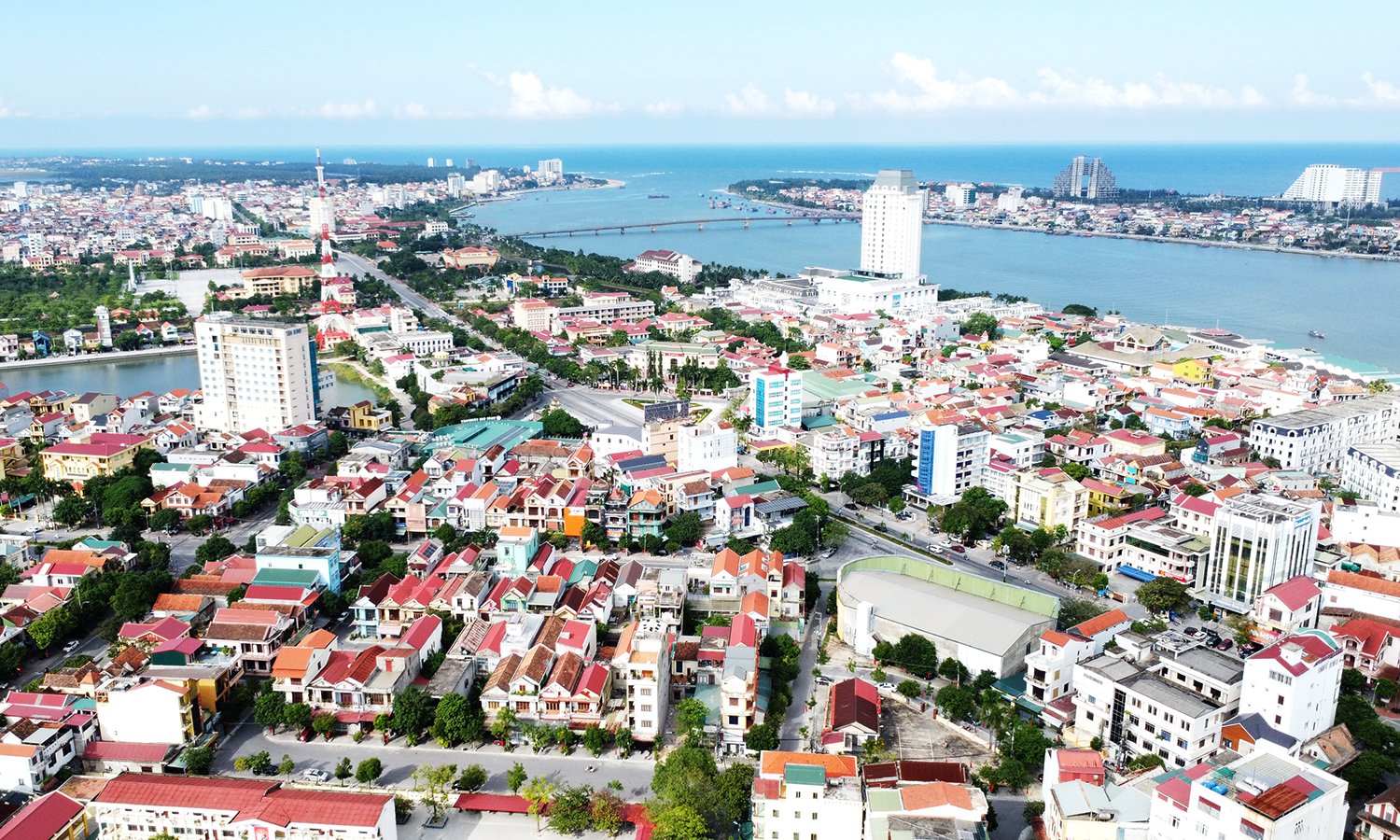
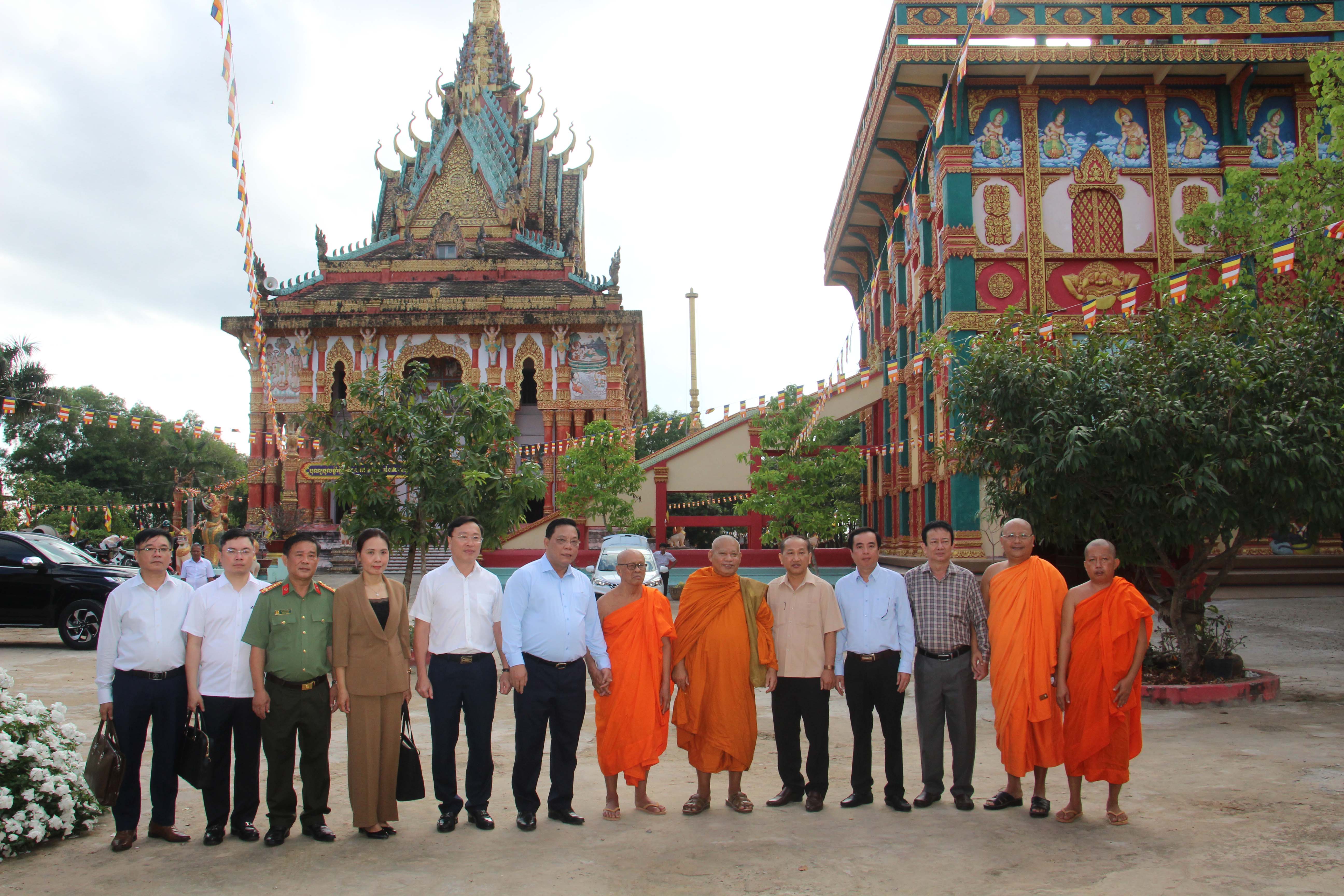
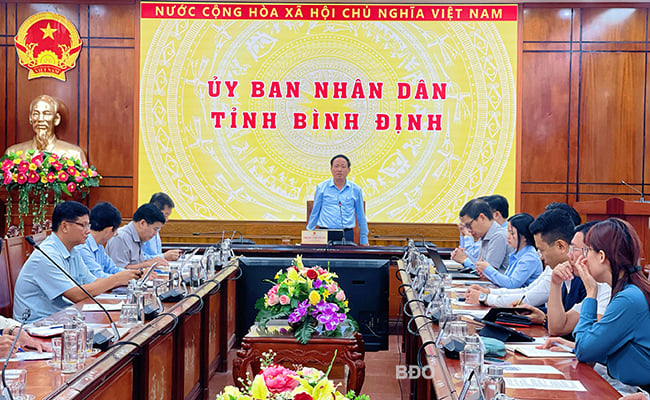
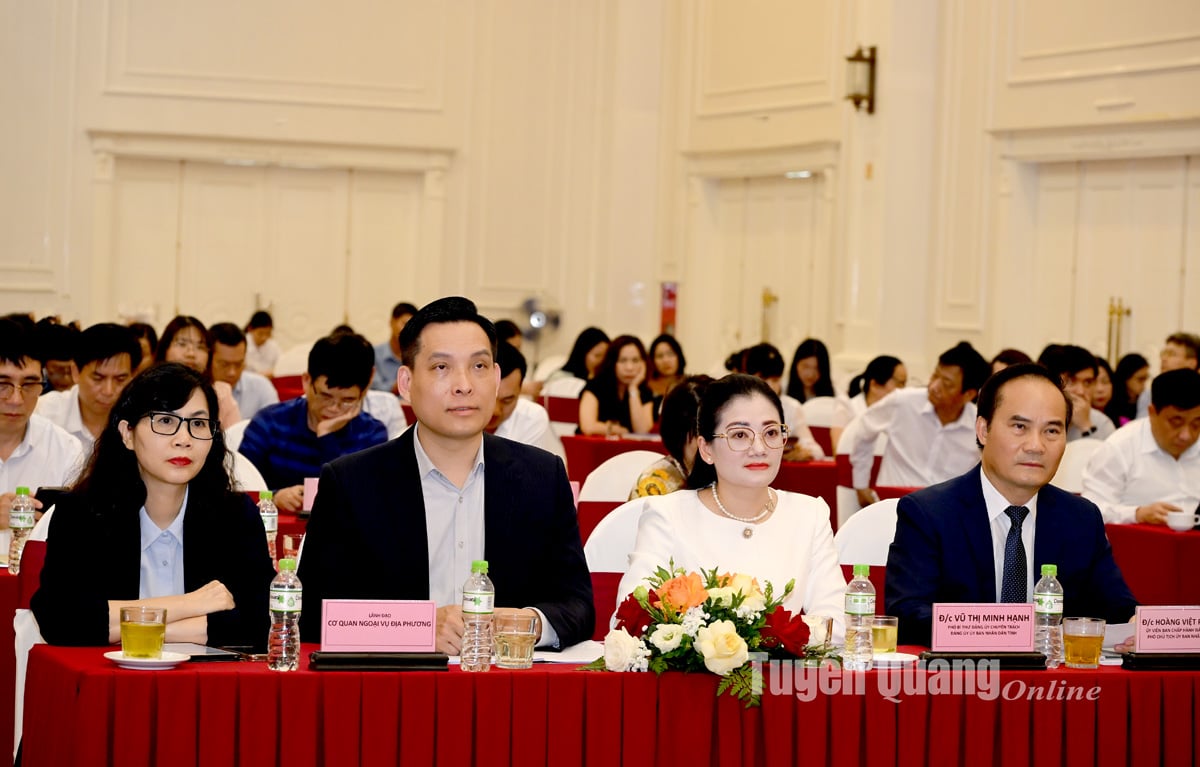
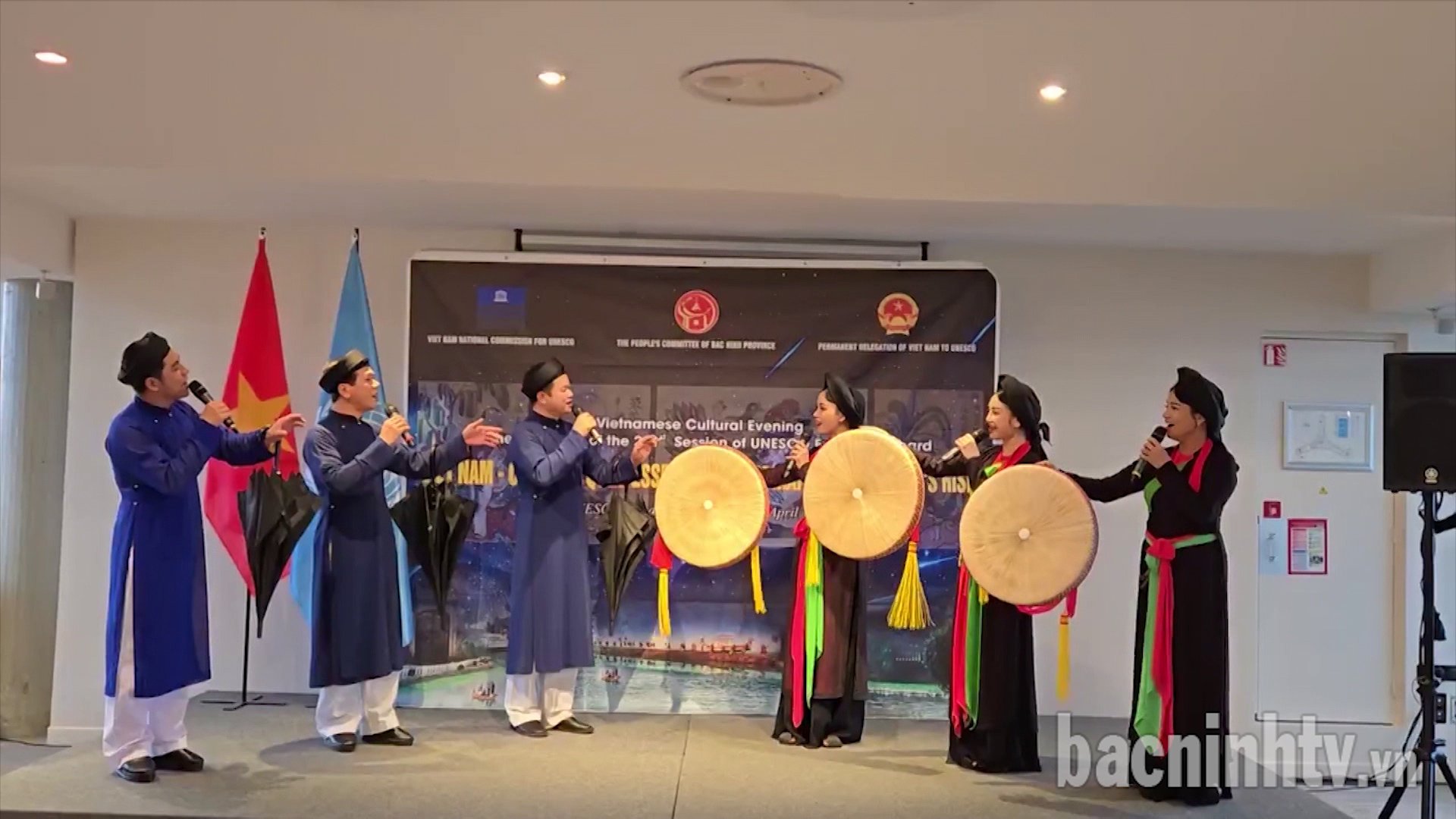
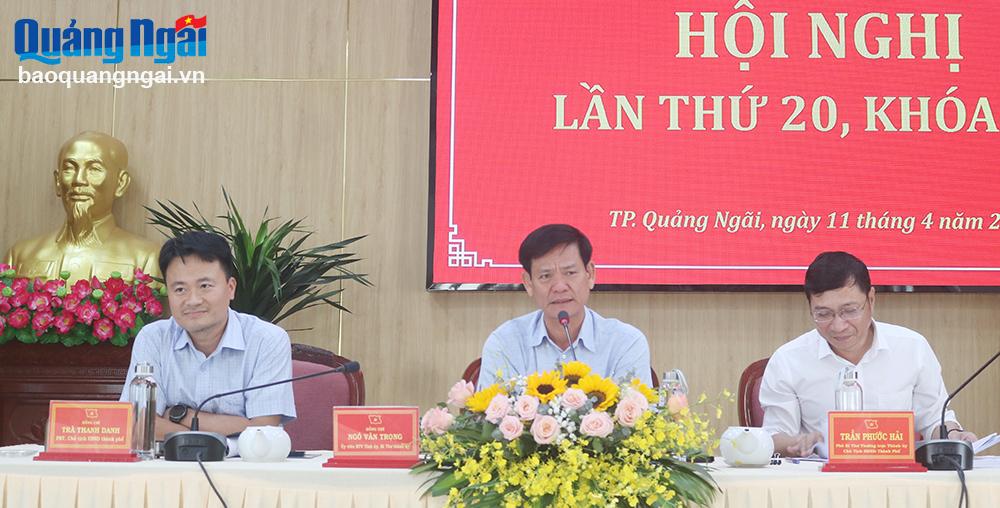
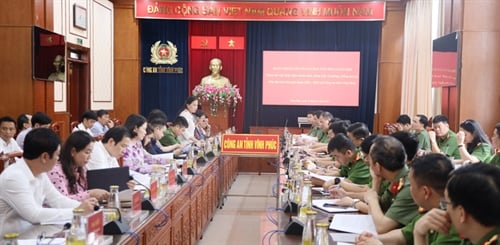


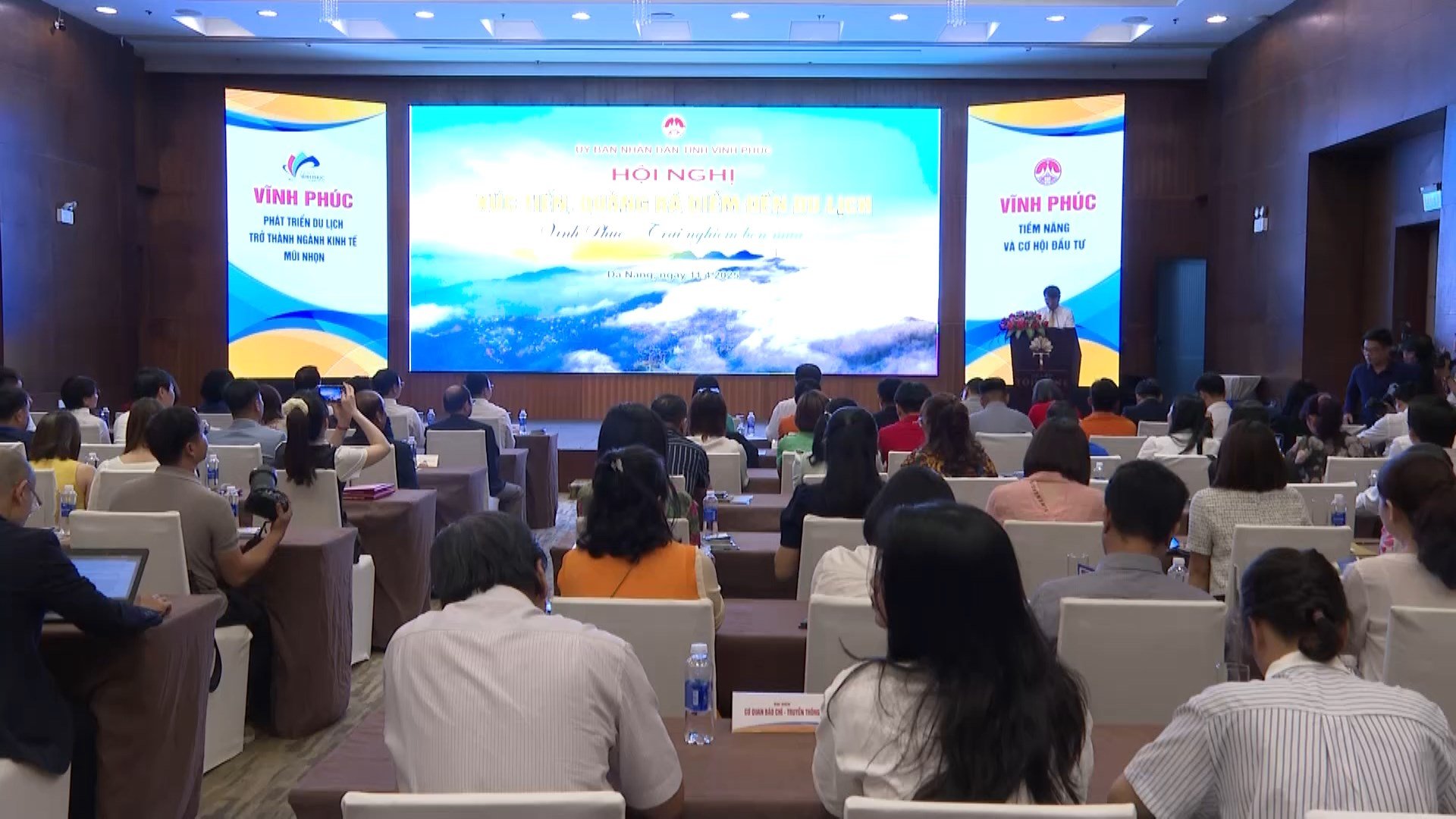

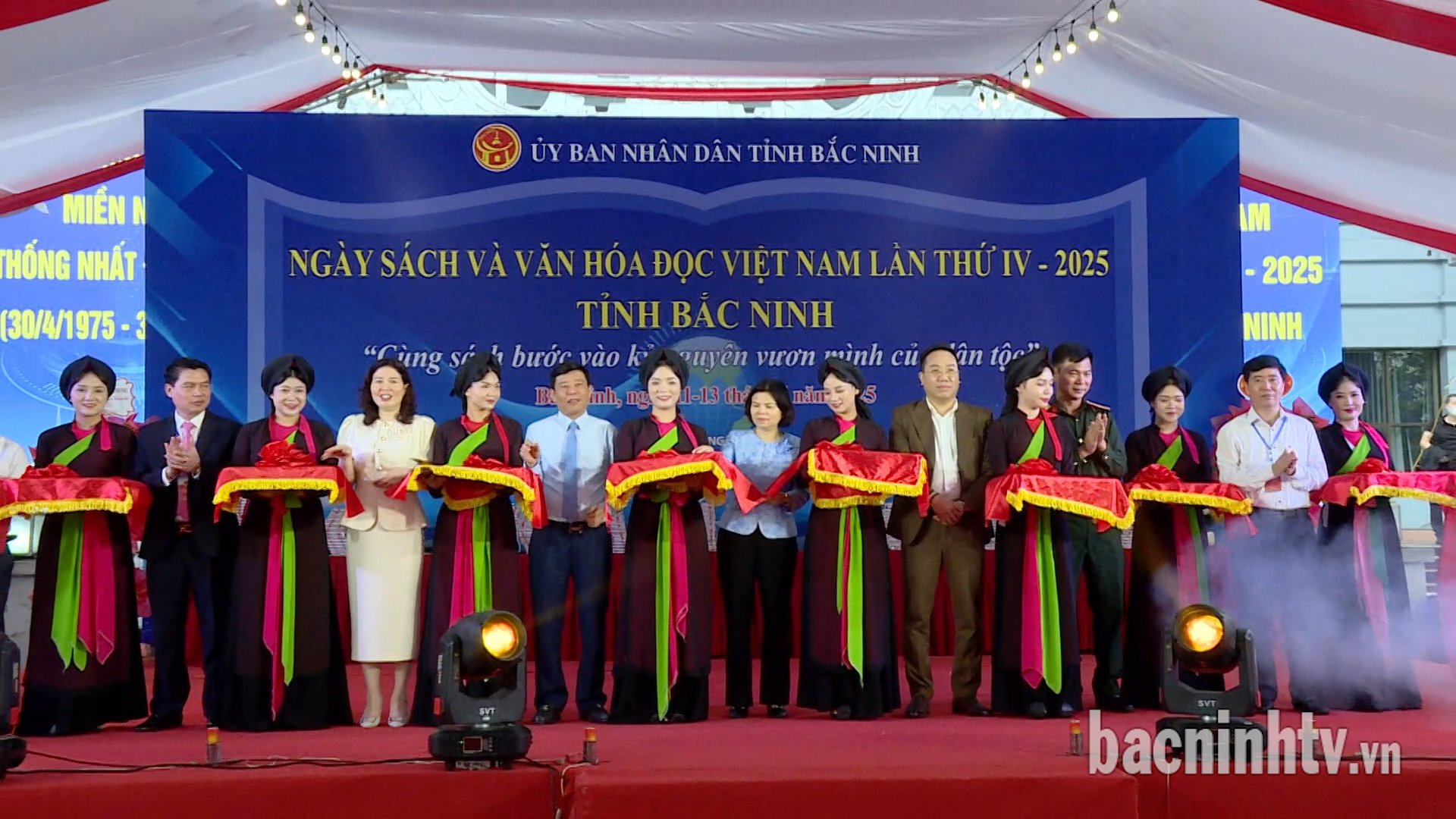

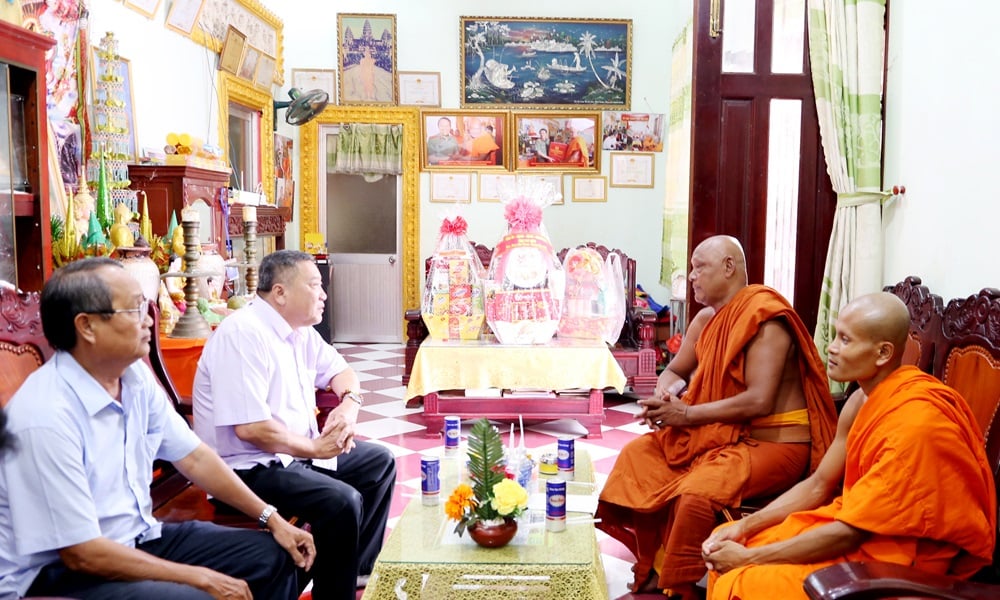
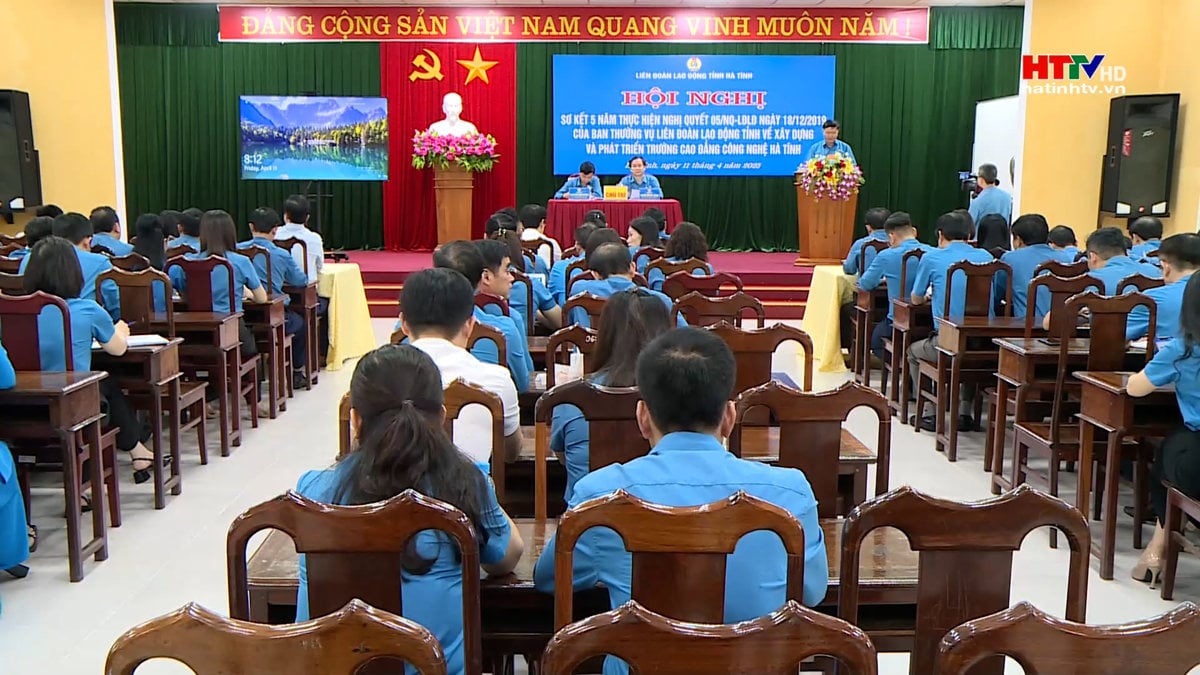
![[Photo] Summary of parade practice in preparation for the April 30th celebration](https://vstatic.vietnam.vn/vietnam/resource/IMAGE/2025/4/11/78cfee0f2cc045b387ff1a4362b5950f)








































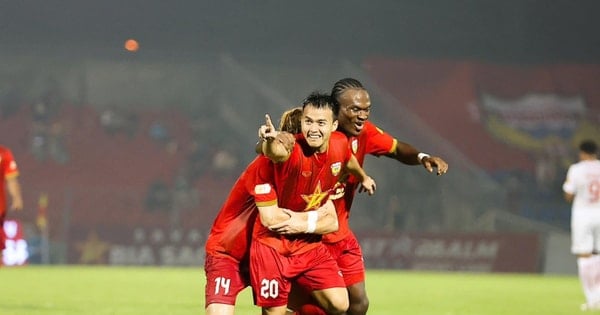

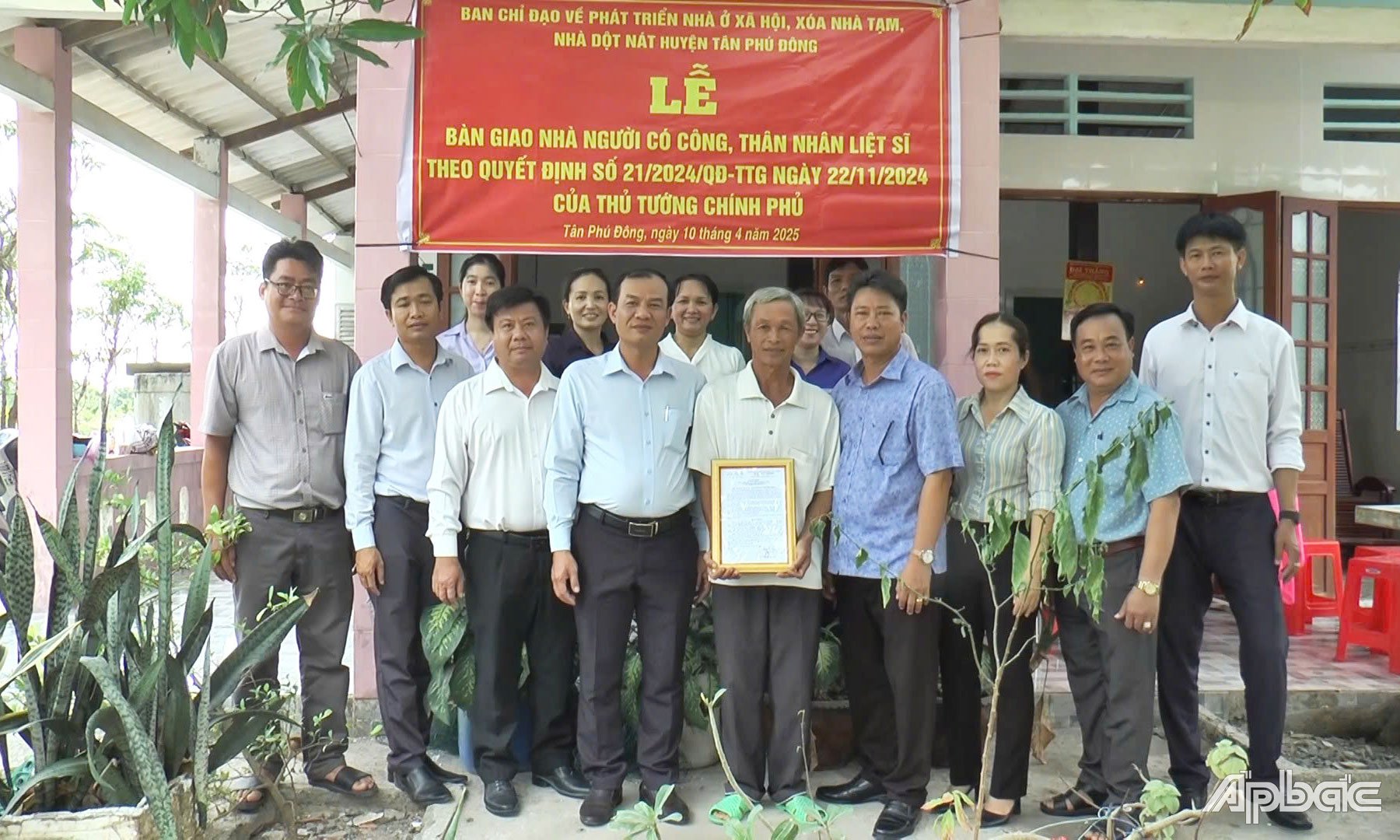











Comment (0)